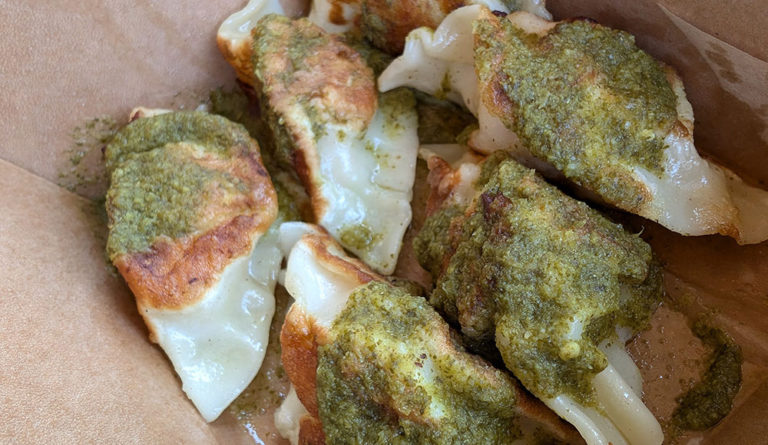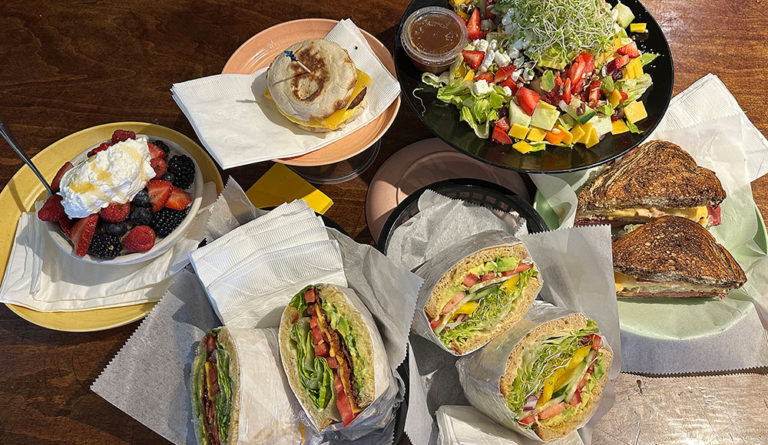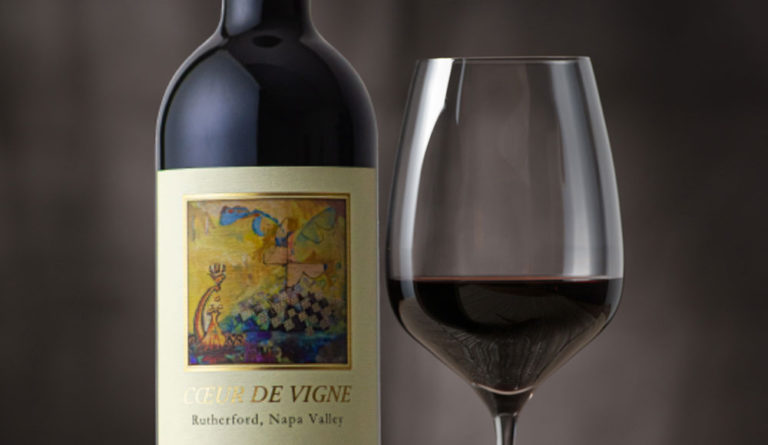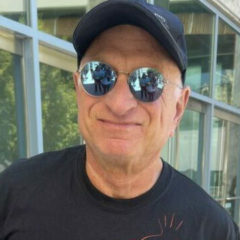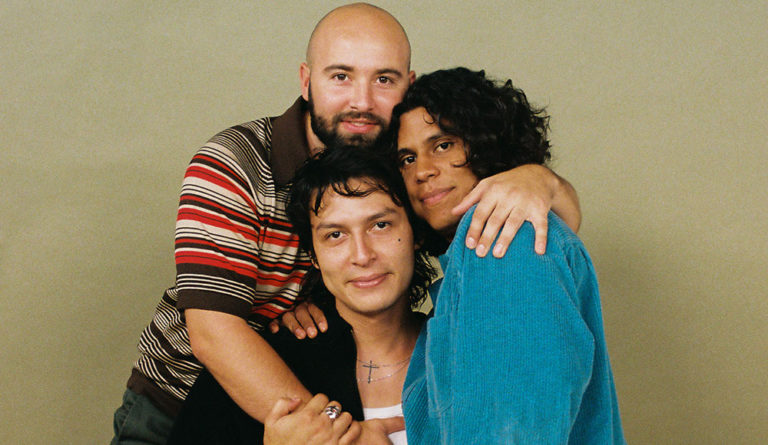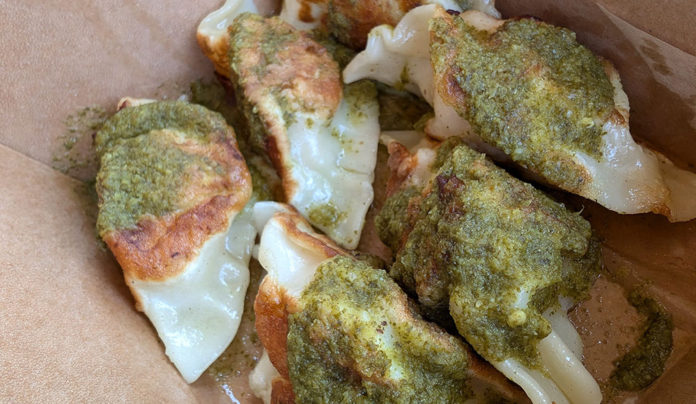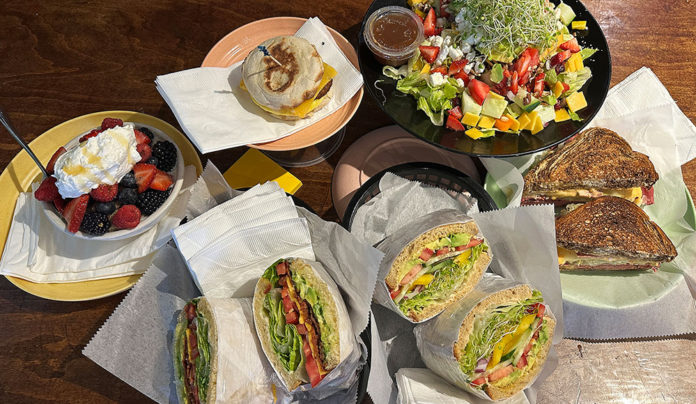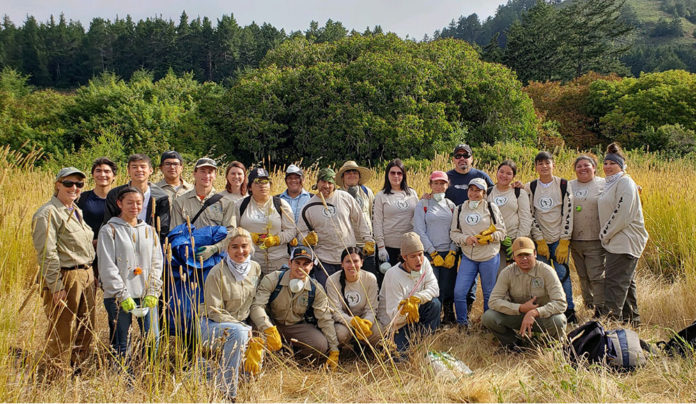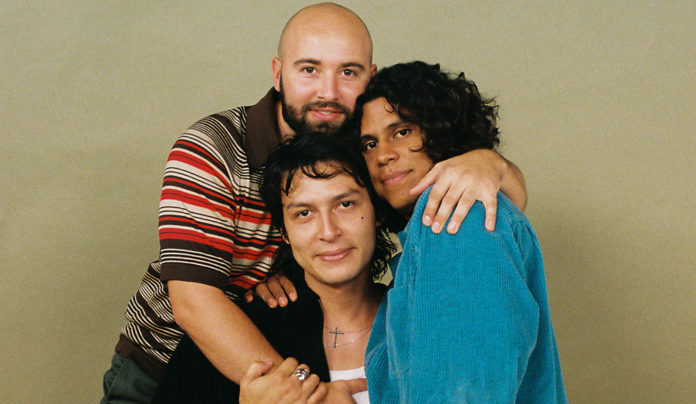For those looking for a modern-day version of the Doors with the swagger of indie rock greats like the Strokes, consider the Growlers. The band, which started in the beach town of Dana Point in 2006 and later migrated to Costa Mesa, are progenitors of Beach Goth, widely described as a style of music that “somehow combines surf, pop, rock and beat.”
Dating back to 2012, the band organized the annual Beach Goth festival, which featured bands representing a variety of genres. A lawsuit with Noise Group (owner of the festival’s venue) over the Beach Goth trademark led to the 2017 festival taking place at the LA Waterfront under the name the Growlers Six and involving such heavyweights as the Yeah Yeah Yeahs, Modest Mouse, and the Butthole Surfers.
Though the band is no more, they released seven albums, a handful of EPs and a number of singles during their run. Songwriter-singer Brooks Nielsen is out on tour, with a stop Tuesday at the Catalyst. Good Times caught up with Brooks on the road.
Good Times: You’ve been touring promoting the Growlers’ Chinese Fountain, and all the shows have been selling out. Why that album as your first choice?
Brooks Nielsen: The short answer is that it’s the 10-year anniversary of the album’s release, but really, it’s something I’ve always talked about doing. Now that I’ve got a band that shares the love, challenge and excitement of putting a show like this together. I’ve got really special fans who I believe appreciate the extra work we do to make each and every show unique. There are many Growlers recordings, plus a healthy arsenal of solo material to choose from, and that makes it both fun and exciting for the band as well as the fans.
Will you ever do the same with Hung at Heart or Hot Tropics?
I don’t think I need to wait for an anniversary to do another album in full. The response to playing the Growlers’ Chinese Fountain live has been overwhelming. Once more, I know another full album show would also be worth doing. Both of those albums you mentioned are on the shortlist.
One Match Left was a wonderful solo record. How was the recording process?
Recording One Match Left was a life-changing experience. Michael Andrews, who produced the album, is heaven-sent. I sent Michael more than one hundred song ideas and he listened to them all. He understood the real value and importance of making my first solo album. We worked on song selections together and improved upon the songs. Michael put together an all-star band for me to record with. Guys like Robert Walter on keys and Joey Waronker on drums. They came in having never heard my music before. We worked from a complete blank canvas in that respect. It was a very raw and genuine approach. We’d listen to a song’s demo a couple of times and then track it. A few takes later we’d have the foundation and we’d go from there. It was a very different recording experience for me, yet in the best possible way. Also. and for the first time, I was able to relinquish some control over my songs. Throughout the recording process, I was surrounded by smart professionals who love music and, most importantly, believed in me. I’m very grateful for the experience.
Do you still talk with your former bandmates? Any chance of a reunion and a big Beach Goth gathering?
The Growlers is my baby. Blood sweat and tears. It was a warehouse-living, school-bus-driving, soup-kitchen-eating grind, and it was a hell of a ride. I’m very proud of the years spent in that band and I’m continuing to keep the spirit alive in every bit of what I’m doing today. There will be a day when I resurrect The Growlers.
Where did your musicians come from? Any notable bands from Southern California?
It took some serious work to assemble this band. There were many days of auditions with a lot of talented musicians. It’s difficult to make the decision on who will be able to handle the workload, the road and to be a good hang and a responsible human. I’m very blessed to have landed the band that I have. They are fearless and hilarious and I’m proud to call them brothers. These are serious musicians who are always bettering themselves, both in and out of this band. They’re always playing, always gigging. Deen and Cole play several nights a week out in the LA jazz scene and they are able to bring that sensibility to my songs and to what we’re doing in this band. They bring a new sense of cool, improvisation and freshness to the music and I’ve been really enjoying that part of it for a change. It’s a great feeling to know that I’m in good hands.
Brooks Nielsen plays at 7pm on Sept. 17 at the Catalyst, 1101 Pacific Ave., Santa Cruz. Ages 16 and over are welcome. Tickets are $32/adv, $37/door. catalystclub.com




